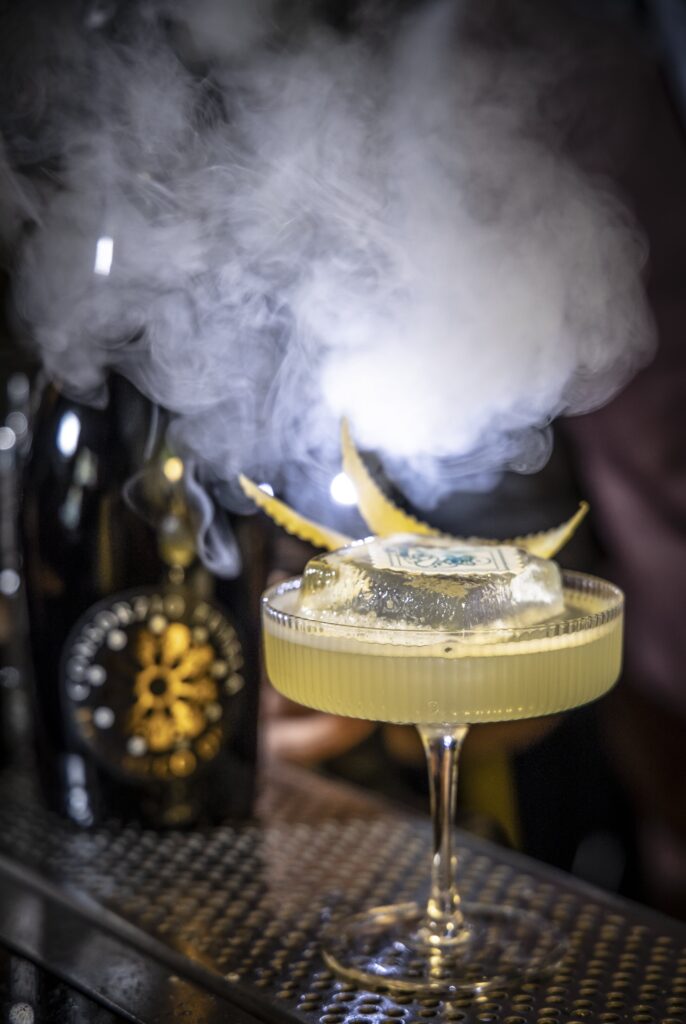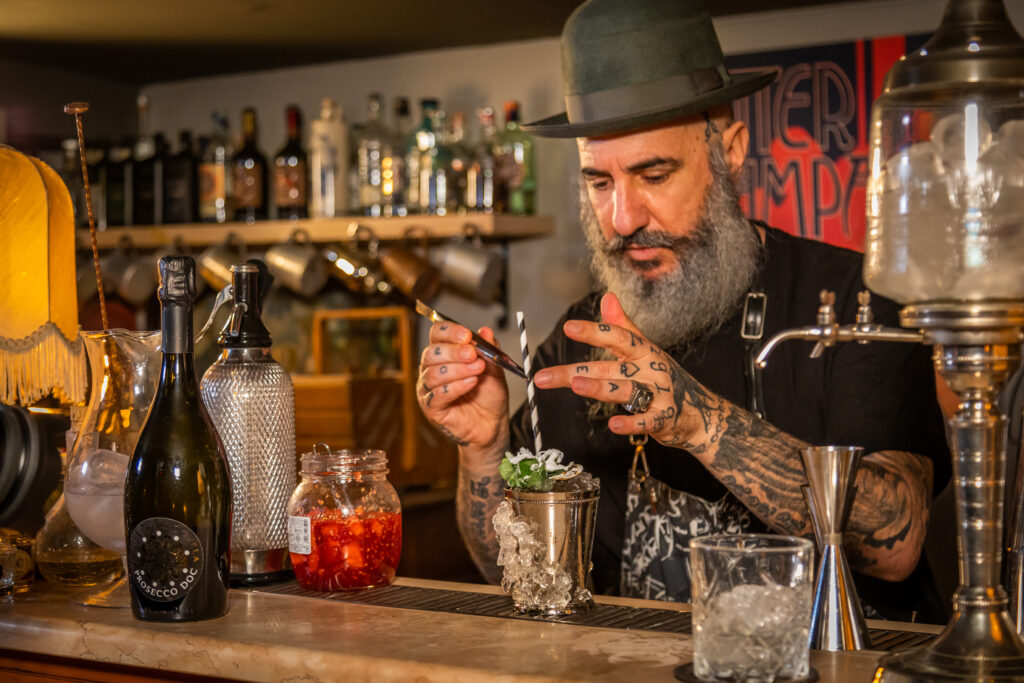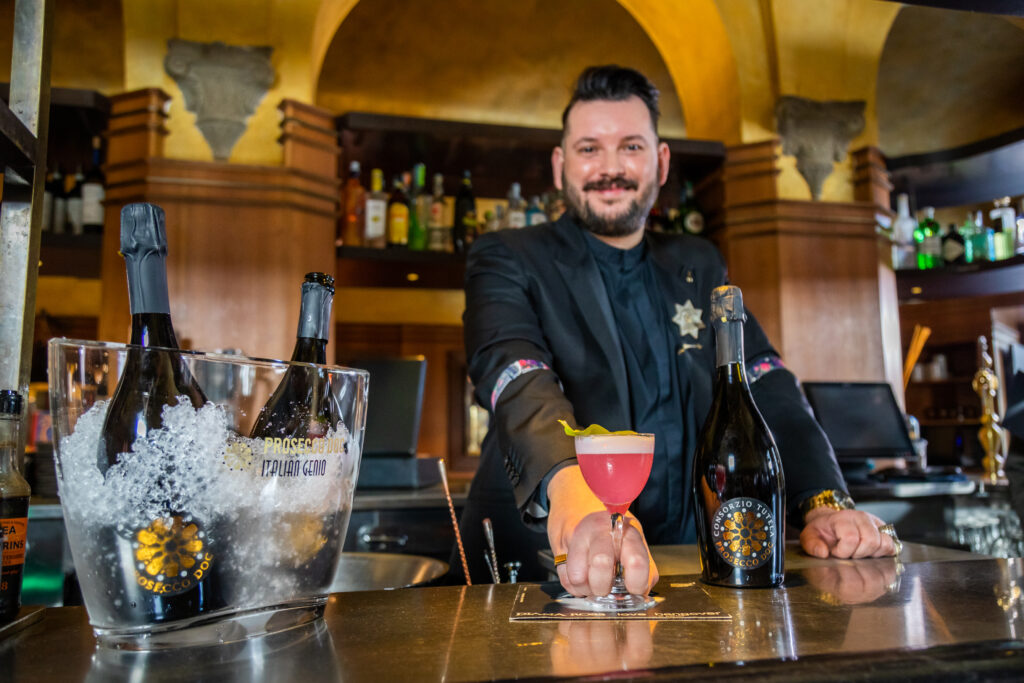March 25, 2021: Venice turns 1600, and – of course – looks great for its age. It takes more than a global pandemic to undermine the undying charm of Venice; it takes much more than a global pandemic to extinguish the curiosity of tourists that will crowd it again and promptly ask themselves: “When was Venice born?“.

Spoiler: the answer isn’t unique and lends itself to a series of interpretations and variations. Let’s start from the day: for the Catholic Church, March 25 corresponds to the Annunciation of the Lord, an excellent omen to give birth to a city, which would thus be “blessed” on a divine level. Then the year 421: in those centuries the lagoon area was geographically shaping itself, and rivers such as Po, Adige, Brenta, Piave, Tagliamento, flowing down from the Alps and Prealps, dragged an enormous amount of sand and mud towards the sea. Slowing towards the mouth, the sediments gave life to swamps and islets which – due to the tides and currents – were transformed into long strips of land parallel to the coast: the shores (lidi).
In the middle ground, between the shores and the mainland, laid the lagoon, where an intricate labyrinth of more or less deep canals made the area difficult to access by boats, unless you know the area like the back of your hand. It is precisely for this reason that the Venetian populations, struggling with the continuous invasions by the Huns, the Sarmatians, the Goths, the Alans and the Vandals at the beginning of the 5th century, saw this area as the ideal place to take refuge. The Roman Empire, which until then had ensured a sort of “protection” against invaders, was struggling with its very existence and had many other things to beat, so the Venetians accepted the fact that they had to protect themselves and began to colonize the lagoon.
Just ten years after the famous Sack of Rome by the Visigoths under Alaric I, while the grandiose building of the Empire creaks under the blows of the barbarian invasions, legend has it that come Paduan consuls exiled from Padua migrated to the lagoon. Together with a group of inhabitants of the mainland, terrified by the looming threat of Attila’s Huns, they chose a place called Rivoalto (popularly interpreted as “higher point”, while its original meaning is “deep canal”) to fix a new settlement. Here, on 25 March 421, the first stone of the church of San Giacomo di Rialto or San Giacométo – as the Venetians still call it today to differentiate it from San Giacomo dall’Orio – was laid.
Is the birth of Venice therefore due to the Paduans? In reality it seems like it’s the result of a spite: the conquest of Padua by Venice in 1405 created significant frustrations, and several leading exponents of Paduan society contributed to building this myth as a sort of “moral redemption”. In addition, a very casual fire in 1420 destroyed the archive in which it seemed there were more reliable documents relating to the foundation.
Another disaster, another legend: on the occasion of a vast fire that burned many houses in Rialto, a Greek architect and ship builder – Eutinopo – would have erected San Giacométo as a vow to God to prevent the flames from spreading excessively. The church was later consecrated not by one, but by four bishops: Severiano of Padua, Ambrogio di Altino, Giacomo di Trevigi and Epone d’Opitergio.
A further version tells that Eutinopo’s house – the only one made of masonry unlike the others, made of wood – would have been saved from the fire because the queen of Padua had lived there, sent there by her husband and king Giannusio. The authors of Rialto, Cessi and Alberti, in 1934 don’t mince words: «It’s more likely to delay the construction of San Giacométo until the second half of the twelfth century; its artistic poverty was compensated in history by the light of a legend, which has created a perhaps undeserved halo of fame».
In fact, the first document that mentions it dates back to 1152, against an “official” consecration dated 25 July 1177 depending in the early days on the Bishop of Padua. Its “miraculous” aura, however, is mainly linked to the vast fire that affected Rialto in 1514, and which saw San Giacométo incredibly escape the fury of the flames. Perhaps it is precisely from this posthumous link with Padua and with a fire that the legend took shape in the years to come, leaving the mystery still unsolved.
So many doubts, one certainty: regardless of the veracity or otherwise of the narratives surrounding its foundation, the city of Venice is inextricably linked to Prosecco DOC to the point that one evokes the other and vice versa. And it goes without saying, the oenological symbol of the Serenissima could not fail to celebrate his 1600th birthday. To duly celebrate this occasion, the Consorzio di Tutela – which associates the different categories of producers, individual and associated winegrowers, winemakers and sparkling wine producers to ensure the development of the Denomination and compliance with the rules provided for by the Production Regulations – in collaboration with the Municipality of Venice has created a special label with the anniversary logo, for both Prosecco DOC and Prosecco DOC Rosé.
It takes much more than a global pandemic to stop both our desire to uncork an excellent bottle of Prosecco DOC, and to do honor to the former Maritime Republic: in fact, there will be appointments for March 25, albeit in a reduced form. At 11 am, inside the Basilica of San Marco, the patriarch Francesco Moraglia will celebrate the Mass, which will also be broadcast live on television and in streaming to avoid gatherings; at 4 pm the whole Patriarchate of Venice will remember the foundation by ringing the bells; at 6.30 pm a special tv show – that will narrate the history of Venice through images and music with a look to the future – will be broadcasted on Rai2.
![]()
Everything we’ve always imagined or wanted to ask, about Prosecco DOC in mixology and have never dared to ask: excuse us Woody Allen, but bubbles are serious business.
So just like this the Dive pieces with ninety items of mixology, capable of declining Prosecco DOC into cocktails that taste like a solid future, and you understand an exciting side of using the wine with its thick, exciting perlage.
Whether they are natives like Samuele Ambrosi of Cloakroom Cocktail Lab in Treviso (where local bubbles are the only ones on tap), Max Morandi of Ada C. Secret in Padua or Lucas Kelm at the helm of Il Calandrino, in Sarmeola di Rubano in the province of Padua, or experts in the potential of Prosecco DOC such as Riccardo Tesini of Killer in Milan and Luca Menni directly from Move On in Florence, all the bartenders interviewed agreed on one detail: Prosecco DOC can give a touch of pleasant acidity (“being a fermented wine” as Tesini underlines) capable of making any drink more pleasant, drinkable and appreciable.
Whether it is paired with bitters or with the taki sweetness of pineapple, with the delicate Dloral-relaxing essence of chamomile or with the seductive roundness of raspberry, Prosecco DOC constantly hits the mark, underlining the gentle Padovan macerations invigorated by orange juice, reinterpreting the most classic of aperitif drinks, the Spritz, in a Dloral key with St. Germain, elderDlowers and soda as in Calandrino, or accompanying itself with the stimulating acidity of pomegranate, the sweet cleanliness of honey syrup salted in the shadows of the Baptistery of Florence. An ingenious journey among the different sparkling interpretations of the uniqueness of Prosecco, inside out the territory, supreme Italian Genius able to set the pace even in a mixology version.
![]()
The Alpine Skiing World Championship will take place in the outstanding Cortina d’Ampezzo in February, 7th-21st. It is already one of the most awaited events of 2021! The Championship, with its global reach, gives prestige to Italy and to the whole Italian ski movement. During two breathtaking weeks, the best alpine skiers of the world, women and men, will compete one after the other, at the highest level for the coveted medals.
We discussed the event and the emotions with 4 Legends who have made the history of Alpine skiing: Gustav Thöni, Kristian Ghedina, Giorgio Rocca, Julia Mancuso.
Remembering their days of glory, the Legends shared memories, anecdotes and background bits on those Championships that saw them as protagonists, reliving unforgettable moments of their careers and accompanying us to the next World Championships in Cortina. Between 1972 (Sapporo) and 2013 (Schladming), they collected 16 medals, writing an unforgettable piece of the history of this competition.
Gustav Thöni
One of the greatest and most successful skiers ever, he won 5 gold medals between 1972 and 1976 at the World Championships.
Giorgio Rocca
3 World Championship medals won at the editions of St. Moritz 2003 and Bormio 2005: in Bormio, Giorgio was the “flag-bearer” of our country, experiencing the unique thrill of being a protagonist in a Championship held “at home”.
Kristian Ghedina
Winner of 2 silvers and 1 bronze between 1991 and 1997. Among the best Italian downhill skiers in the history of this sport, “Ghedo” is today a testimonial of the World Championship in Cortina, the place where he was born and raised.
Julia Mancuso
One of the greats of women’s skiers of the last decade, a natural talent like few others. Between 2005 and 2013, she won 5 World Championship medals.






